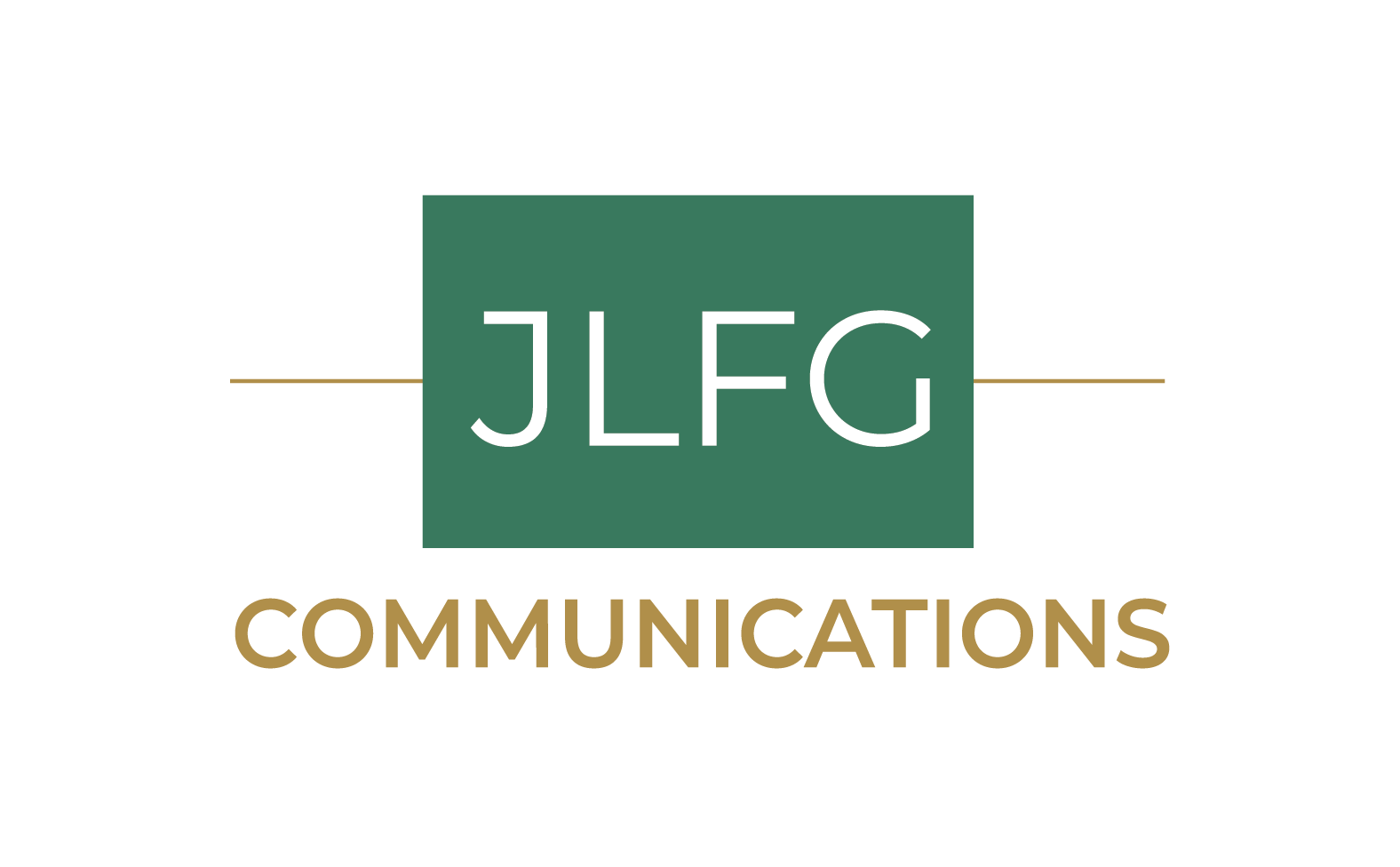What is the Circular Economy?
Some people think the circular economy is about making a product or packaging recyclable. (I’ve also heard some completely absurd answers, but I won’t share them here.)
Recyclability is related to the circular economy. It’s also far from the whole story. Saying your product is recyclable doesn’t mean you are implementing the circular economy.
The best way to understand the meaning of the circular economy is to compare it to the linear economy. Our current economy is primarily a linear one.
The linear economy depends on a continuous stream of extraction and production. Here’s how it has been working for many decades. We:
Extract resources (mineral ores, oil, sand, wood) from the Earth,
Use those resources to make engineered materials (metals, plastic, glass, paper, etc.),
Use those materials to make products (electronic devices, books, cars, food containers, etc.),
Dispose of the products when they wear out, or we no longer want them.
The circular economy is a system where, ideally, nothing becomes waste. Instead of a line (take, make, dispose), the model is a circle (take, make, reuse). In a circular economy, all the resources needed to make engineered materials would be recovered from used products. It looks somewhat like this:
Recover resources from recycled products,
Use those resources to make engineered materials,
Use those materials to make products,
Find secondary markets for used products that are still in good condition,
When products wear out, recycle them to recover the resources and continue the cycle.
In reality, our economy is not 100% linear. We don’t throw everything into landfills. Some products get reused in secondary markets. Recycling exists, but it is more limited than many people realize.
Recyclable does not equal circular for several reasons:
Real collection and recycling rates are low
Some materials can only be recycled once
There are many leaks in the circle
Recycling rates vary by material. Recycling aluminum cans, for example, is commonplace and effective. Aluminum, like other metals, can be recycled over and over without loss of quality.
Glass recycling is not as widespread, but glass is another material that can be recycled almost indefinitely. The trick is separating out the different colored glass. Each type melts at a different temperature.
The biggest problem is plastics. There is so much to say—I wrote a chapter about plastics in Material Value, and other authors have written entire books about plastic. The issue for this discussion is that not only are plastic recycling rates low, plastics degrade each time they are recycled.
True circularity allows materials to flow around the circle indefinitely. In reality, there are many leaks. These can happen at any point in the cycle.
Reality may not be as rosy as you think. Consider what actually happens to your products and packaging once they reach the customer. It is possible to look for leaks in the system and figure out ways to stop them. This may mean:
Switching materials
Improving collection methods for products and/or packaging
Finding new suppliers
Collaborating with other businesses to reuse excess materials
Redesigning products and processes to use less material/consumables
Sometimes manufacturers claim circularity when it’s not warranted. That is an example of greenwashing, another topic about which I have a lot to say. But that’s for another blog post.
Here are two questions for manufacturers to consider:
If you realize your product is not part of the circular economy, what can you honestly say about how you have considered circularity?
How can you make your product more circular?

